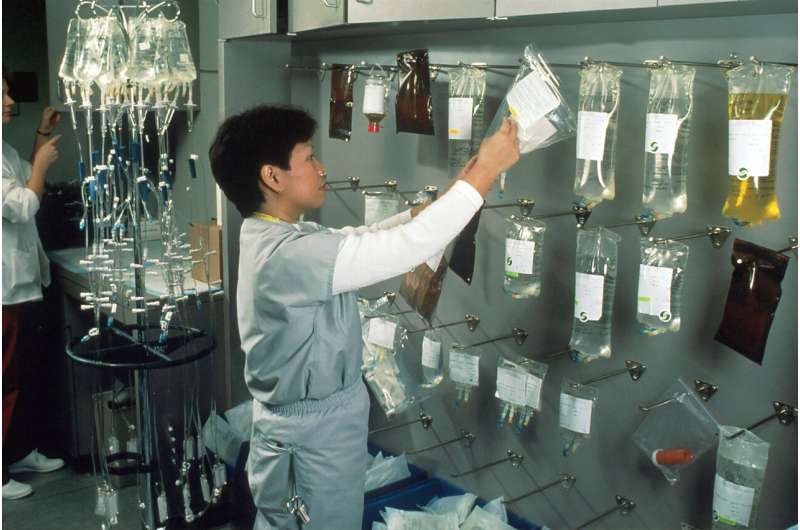Open Source Innovation Boosts Accessibility of Medical Devices for Rare Patient Groups

The University of Twente pioneers open-source medical devices, like the 3D base plate, enhancing accessibility for small patient groups and promoting innovation in healthcare technology.
The University of Twente has launched its first open-source medical device compliant with MDR regulations: the 3D base plate. This initiative offers an alternative pathway to develop low-risk medical devices that often lack commercial viability but still deliver significant clinical benefits.
A prime example is the 3D footplate—a diagnostic imaging tool targeting rearfoot pathologies. Designed to be produced by medical professionals at cost, this device comes with comprehensive MDR documentation available through open-source platforms, enabling easier manufacturing and regulatory compliance.
Within the Biomedical Device Design & Production group at UT (TechMed Center), efforts are underway to facilitate the availability of medical devices as open-source solutions, including necessary documentation under MDR. This approach allows healthcare providers to create devices themselves, reducing costs and administrative burdens. Although the 3D base plate is the university’s first open-source medical device, it certainly won’t be the last.
Developing and launching medical devices typically involves lengthy processes and high costs, compounded by strict regulatory requirements and the need to establish profitable business models. For devices intended for small patient groups or rare diseases, generating sufficient revenue is particularly challenging, often preventing innovative tools from reaching those who could benefit most.
The 3D footplate exemplifies such innovation. It aids in complex hindfoot pathology diagnosis by positioning the foot during CT scans to simulate clinical stress tests, providing quantitative data crucial for clinical decision-making. Its design follows a simplified, assembly-friendly approach using laser-cut parts, 3D printing, and standard components, minimizing production costs.
Most of the required MDR documentation, including risk assessments, evaluation tests, assembly instructions, and technical files, has been prepared using UT templates. This comprehensive package, which includes technical drawings and a bill of materials, is shared via open-source platforms, allowing medical centers to produce and adapt the device at cost and integrate it into their quality management systems.
This initiative marks UT's first open-source medical device, with future plans to develop additional tools under the 'Class I Medical Devices' category. Making these tools openly accessible not only increases healthcare accessibility in the Netherlands but also fosters international collaboration, especially in low- and middle-income countries, ultimately contributing to global health improvements.
Stay Updated with Mia's Feed
Get the latest health & wellness insights delivered straight to your inbox.
Related Articles
The Risks of Chemotherapy Enzyme Deficiency and the Importance of Genetic Testing
A tragic case underscores the vital importance of genetic testing before chemotherapy to prevent fatal toxicity caused by enzyme deficiencies. Learn why personalized medicine is crucial in cancer treatment.
Reevaluating Hormone Replacement Therapy in Breast Cancer Survivors: New Expert Perspectives
Experts advocate for personalized decision-making on hormone replacement therapy for breast cancer survivors suffering from menopausal symptoms, highlighting new evidence on risks and benefits.
New Insights into Tamoxifen's Side Effects: Elevated Uterine Cancer Risk Explained
Recent research uncovers how tamoxifen activates the PI3K pathway, increasing the risk of secondary uterine tumors, despite its benefits in breast cancer treatment. Discover the molecular insights behind this paradoxical effect.
Long-Term Heart Disease Risks in Elderly After Hurricane Sandy
New research reveals that elderly residents in flood-affected areas after Hurricane Sandy face increased long-term risks of heart disease, highlighting the need for enhanced disaster-related healthcare policies.



